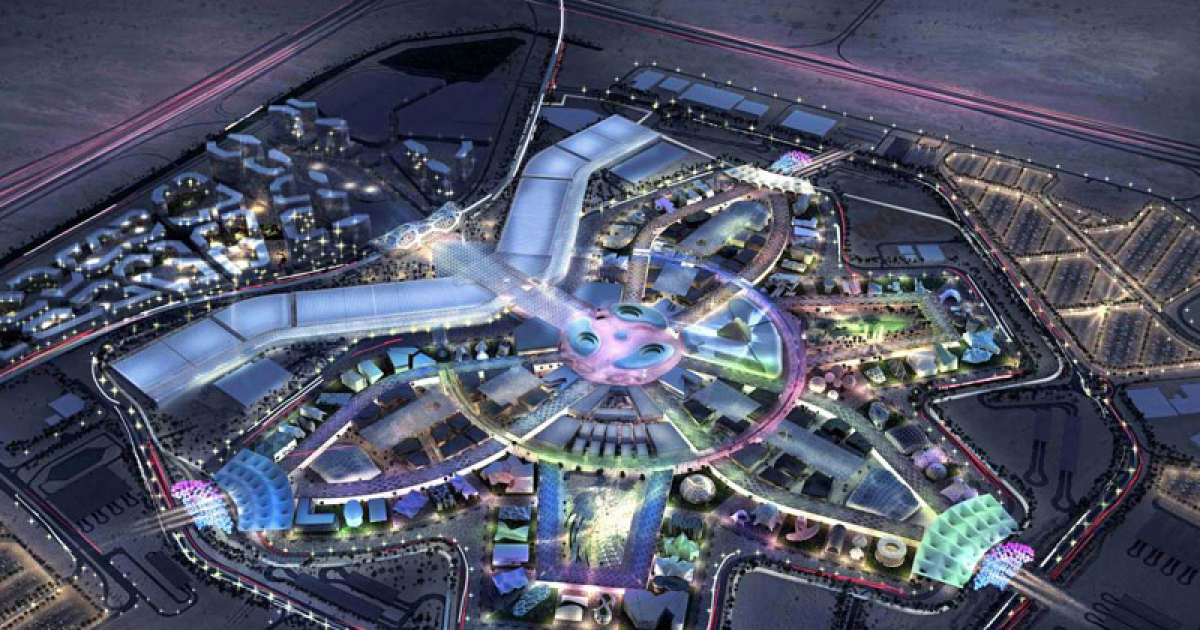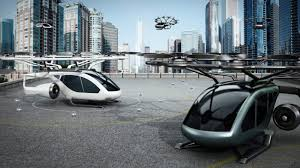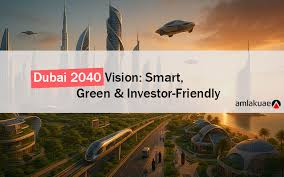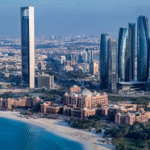Now Reading: How Smart Mobility Will Completely Transform Dubai by 2040!
-
01
How Smart Mobility Will Completely Transform Dubai by 2040!
How Smart Mobility Will Completely Transform Dubai by 2040!

Table of Contents
Dubai is a city that dreams big—and delivers even bigger. Its 2040 Urban Master Plan is one of the most ambitious city development blueprints in the world, aiming to reshape the city into a global model for sustainable and intelligent living. A central part of this plan is Smart Mobility, a term that covers self-driving cars, electric transport, flying taxis, and digital infrastructure to make travel fast, eco-friendly, and safe.
Let’s explore how smart mobility will change life in Dubai by 2040 and why it matters for the world.
What is Smart Mobility?

Smart Mobility means using the latest technology to make transport smarter, cleaner, and more efficient. It includes things like:
- Self-driving electric cars
- Hyperloop and high-speed trains
- Drone taxis
- Shared electric scooters and bikes
- Real-time traffic data systems
- AI-powered traffic lights and road sensors
Dubai wants to lead the world in smart mobility. The government already started projects like self-driving taxis, electric buses, and automated metro trains. But under the Dubai 2040 Urban Master Plan, this will go even further.
Why is Smart Mobility Important for Dubai’s 2040 Plan?

Dubai’s population is expected to grow to 5.8 million by 2040. This means more people, more cars, more traffic jams, and more pollution—unless the city changes how people move.
Smart Mobility can solve many of these problems:
- Less Traffic
With smart traffic control and self-driving cars, road congestion can reduce by 30%-40%. Vehicles will talk to each other and avoid traffic jams on their own. - Cleaner Air
Electric cars and buses will replace gas vehicles, reducing pollution and making the air safer to breathe. - More Safety
AI-powered transport can reduce human errors, the cause of most accidents. Dubai expects fewer crashes and safer roads by 2040. - More Space for People
With shared mobility and public transport, fewer cars will be parked or idle on roads. This opens up land for parks, walking paths, and cycle tracks. - Better for Tourists and Residents
Tourists will enjoy futuristic rides like drone taxis, while locals will save time and stress thanks to smart metro systems and real-time route updates.
Key Projects Under Dubai 2040 Plan
Dubai is not just talking about the future—it is already building it. Here are some exciting smart mobility projects that are part of the 2040 plan:
1. Self-Driving Taxis
Dubai plans to launch thousands of autonomous taxis by 2030. These cars will drive themselves using advanced sensors and AI systems, offering safe and affordable rides without a human driver.
2. Flying Taxis (Drone Taxis)
Imagine flying from one part of Dubai to another in just minutes! Dubai has already tested flying taxis and plans to make them a part of public transport in the coming years.
3. Smart Metro Expansion
Dubai Metro will become faster, bigger, and fully automated. New lines will connect areas that are currently far from public transport, reducing the need for private cars.
4. Hyperloop
Dubai may become the first city in the world to have a Hyperloop—a super-fast train that moves at speeds up to 1,200 km/h in vacuum tubes, connecting Dubai to other cities in minutes.
5. Electric Bus Fleets
By 2040, most buses in Dubai will be electric. They will run quietly and cleanly, powered by renewable energy.
6. AI Traffic Management
New AI systems will monitor traffic in real time. If a crash or jam happens, the system will adjust signals and give drivers new routes instantly through mobile apps.
How Smart Mobility Fits Dubai’s Sustainability Goals
The 2040 Master Plan is not only about technology—it’s also about saving the environment. Smart mobility supports Dubai’s Clean Energy Strategy 2050, which targets net-zero emissions and a 100% green energy future.
- Electric cars and buses reduce carbon emissions.
- Shared transport means fewer cars on the roads.
- Efficient public systems reduce the need for private fuel-driven vehicles.
By 2040, Dubai wants 55% of its population living near public transport hubs, making cars unnecessary for most daily trips.
Challenges Dubai Must Face
While smart mobility sounds exciting, it comes with challenges:
- High Cost
Smart transport systems need billions of dollars in investment. - Cybersecurity Risks
Self-driving cars and AI networks could become targets for hackers. - Public Acceptance
People need to trust driverless taxis and drone flights for the system to succeed. - Infrastructure Upgrade
Roads, charging stations, and air routes must be built for these new technologies.
But Dubai’s government is confident that with smart planning and international partnerships, these obstacles can be overcome.
What This Means for the World
Dubai’s success in smart mobility can become a model for cities across Asia, Africa, and the Middle East. Other fast-growing cities can learn how to handle rising populations and pollution while offering futuristic, clean transport options.
If Dubai’s plan works, the future of urban transport could arrive much sooner worldwide.
Conclusion: A Glimpse into Dubai’s Future
Dubai’s 2040 Urban Master Plan shows the world what is possible when a city fully commits to innovation. With smart mobility at its heart, the plan offers a future where travel is faster, greener, and safer for everyone—residents, workers, and tourists alike.
Whether it’s flying taxis in the sky or driverless cars on the road, Dubai is building the transport system of tomorrow, today.
Read More:- Deyaar’s Latest Announcement Shakes Up the UAE Property Market






















